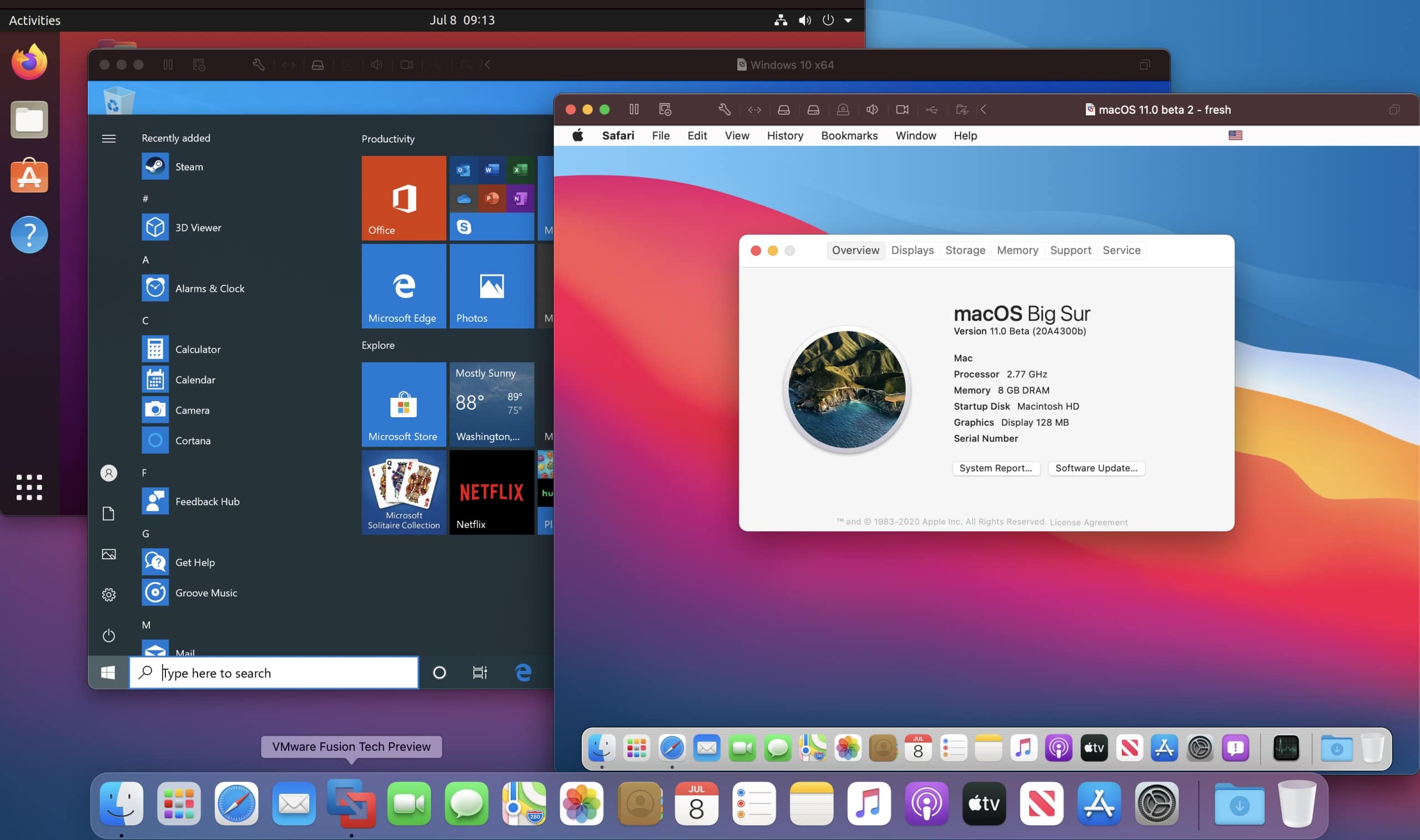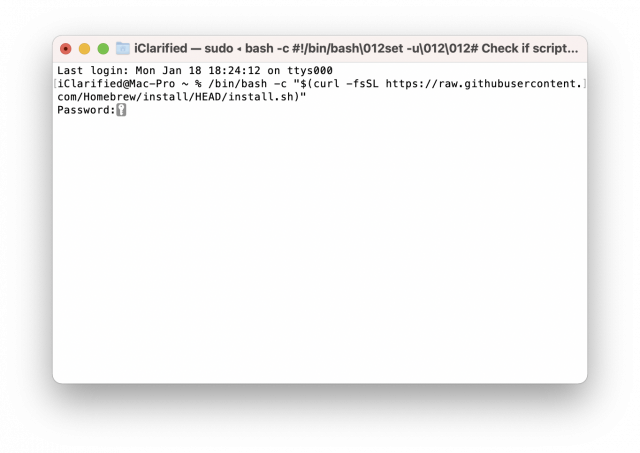
 Once in Build OpenCore the process should quickly build and then you will return to the main menu. Choose Build OpenCore (unless you wish to run the patcher on a different Mac, in which case it’s Change Model). After extracting the archive from your download you will find the file “OpenCore-Patcher.app”. Click on the Code and Download Zip buttons. You can download the latest version of the patcher we mentioned above Next you need to obtain the patcher software that will essentially trick the installation files of the version of macOS you want to install into believing that the Mac is compatible. You’ll be able to find the installation files in Applications. How to create a bootable installer of macOS in a separate article. Now you need to load these installation files onto a USB stick and prepare the USB stick for installing macOS Monterey. They are 12GB so expect this to take a while. If they don’t show up in Software Update you can get the installation files from the You’ll have to obtain these using a compatible Mac. First you will need to obtain the installation files for the version of macOS you are after – in this case Monterey. Before you do anything back up your Mac, just in case. The procedure for updating to a new version of macOS on incompatible Macs is as follows: You can find a list of all the Macs supported Before installing Monterey on an older Mac, make sure that your Mac is compatible with the patcher. Sudo ln -s /usr/local/bin/telnet /usr/bin/Īfter the reboot, you system will go back to read-write.Note that macOS patchers cannot perform magic and not all Macs will be compatible. When the Mac boots into the OS, go into the terminal and type the two commands below. #ADD A SYMLINK TO /usr/local/bin/telnet IN /usr/bin/ When the command prompt opens, type in “ csrutil disable“. When the GUI comes up, Select “Utilities” then “Terminal”. Before the Apple Logo appears, press CMD+r.
Once in Build OpenCore the process should quickly build and then you will return to the main menu. Choose Build OpenCore (unless you wish to run the patcher on a different Mac, in which case it’s Change Model). After extracting the archive from your download you will find the file “OpenCore-Patcher.app”. Click on the Code and Download Zip buttons. You can download the latest version of the patcher we mentioned above Next you need to obtain the patcher software that will essentially trick the installation files of the version of macOS you want to install into believing that the Mac is compatible. You’ll be able to find the installation files in Applications. How to create a bootable installer of macOS in a separate article. Now you need to load these installation files onto a USB stick and prepare the USB stick for installing macOS Monterey. They are 12GB so expect this to take a while. If they don’t show up in Software Update you can get the installation files from the You’ll have to obtain these using a compatible Mac. First you will need to obtain the installation files for the version of macOS you are after – in this case Monterey. Before you do anything back up your Mac, just in case. The procedure for updating to a new version of macOS on incompatible Macs is as follows: You can find a list of all the Macs supported Before installing Monterey on an older Mac, make sure that your Mac is compatible with the patcher. Sudo ln -s /usr/local/bin/telnet /usr/bin/Īfter the reboot, you system will go back to read-write.Note that macOS patchers cannot perform magic and not all Macs will be compatible. When the Mac boots into the OS, go into the terminal and type the two commands below. #ADD A SYMLINK TO /usr/local/bin/telnet IN /usr/bin/ When the command prompt opens, type in “ csrutil disable“. When the GUI comes up, Select “Utilities” then “Terminal”. Before the Apple Logo appears, press CMD+r. 
You need to disable SIP, change the read-only permission, create the SYMLINK, and then re-enable SIP. Apples SIP (System Integrity Protection) prevents this.

If it’s not there, URLs calling the terminal will not work. The reason for the error in MacOS is because you need to create a SYMLINK for the telnet app into the /usr/bin directory. When I was using my Macbook Pro to telnet into the routers in my lab, I would get the errors above.







 0 kommentar(er)
0 kommentar(er)
